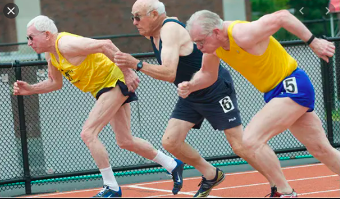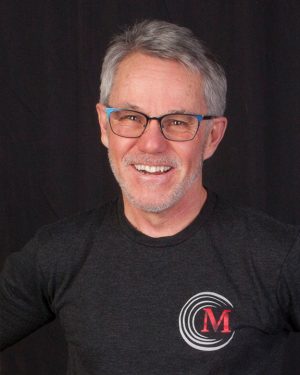How old am I really? The calendar says I just turned 66, but how I feel and what I can still do compared to my peers points to a much younger age. The calendar doesn’t lie, however, to get the full story we need to understand our biological age. Also known as our physiological or functional age, biological age differs from chronological age because it takes into consideration a number of factors other than just the day you were born.
These factors include:
- Genetics
- Diet and nutrition
- Exercise
- Stress
- Exposure to environmental and other toxins
- Chronic conditions
Click here to take a 2-minute test that will give you your Biological Age.
If you’ve taken the test and you don’t like the results, there’s good news, they are not etched in stone. It’s inevitable we are all going to age, but we have more control on the rate of our decline than many are aware. The gentlemen in the picture below are all 80+ participating in the 100-yard dash at the senior Olympics.

Clearly they have made a choice to not let the calendar and accepted social norms related to aging dictate what they want and can still do.
We don’t get much say when it comes to the gene lottery, but we can have an impact on our genes as well as the issues that typically come with aging with our lifestyle choices:
- Muscular/skeletal decline
- Slowing metabolism and weight gain
- Potential for chronic diseases, (diabetes, heart disease, pain)
- Declining balance, stability and agility
- Mental acuity
The US Department of Health and Human Services recommends adults engage in 150 minutes of moderate activity or 75 minutes of intense activity per week. Moderate is described as being slightly breathless. This means you can carry on a conversation but may have to catch your breath from time to time. Intense activity will leave you unable to carry on a conversation as you are trying to gain your breath. It is also recommended that you mix up the activities to include aerobic, balance, and resistance work. That is less than 30 minutes a day.
We don’t all need to be as focused and fit as our Senior Olympic athletes to enjoy a great quality of life. My recommendation for those looking to make a change is to pick an activity that you enjoy and can do without having to make a big commitment. Whether you’re sedentary or active you can make improvements through the addition of balance, strength, and movement activities. These can be structured through a gym or personal training studio or unstructured with activities like walking, riding a bike, shoveling snow, cutting the grass, or climbing a latter to clean the gutters. Anything that gets you moving and moving things. The goal is for movement to become a part of your lifestyle, something positive that you are moving towards. As you progress you will begin to notice a difference in how your body feels and may become more conscious of the other factors that impact us physiologically as it relates to aging.
As a matter of full disclosure, I am a 66-year-old personal trainer. I began my personal training career several years ago as my give back career to help active adults regain and improve their physical health through movement and fitness. If you have any questions regarding where and how to get started you can find me at the Hartland Movement Center, www.hartlandmovementcenter.com or I can be reached at mark@hartlandmovementcenter.com and to find out “How Old Am I Really” based on the biological aging test!


